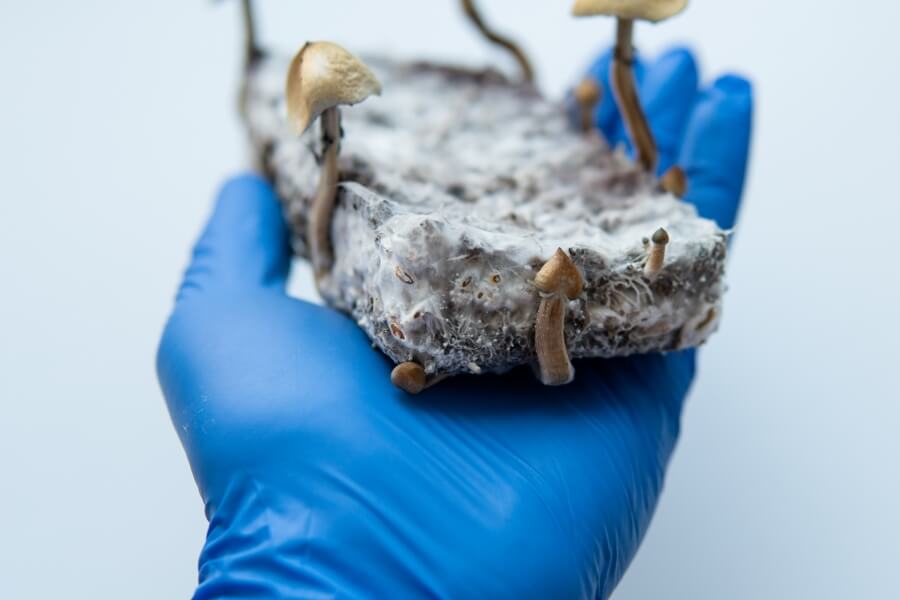
Plants, though seemingly silent and stationary, engage in a sophisticated form of communication with one another. Although it isn’t as exciting as we see in Lord of the Rings, their methods are a lot more subtle, soft, unheard, unseen, and very, underground. The method that plants speak to one another mostly involves a variety of chemical, electrical, and even acoustic signals, enabling plants to respond and adapt to their environment and neighboring organisms.

Communication through Response Reaction
At the heart of plant communication is the exchange of chemical compounds. When a plant is under stress or faces a threat, it releases volatile organic compounds (VOCs) into the air. Nearby plants, upon detecting these chemical cues, can activate defense mechanisms in anticipation of potential threats. This phenomenon, known as "plant-plant signaling," allows vegetation to collectively prepare for challenges such as herbivore attacks or pathogenic invasions. Aside from just calling out to other plants, animals, and insects can also detect these chemical signals.
Extra Resources: National Geographic made a fantastic video call ‘How Trees Secretly Talk to Each Other in the Forest’ It is a fantastic talk!
Root systems play a crucial role in plant communication as well. Through a network of underground fungal mycorrhizal connections, plants share nutrients, water, and information. This mycorrhizal network, often referred to as the "wood wide web," allows plants to exchange vital resources such as water and nutrients, and warn neighboring plants of impending dangers. In some instances, this symbiotic relationship can even extend between different plant species.

How They Warn Each Other
Electrical signaling is another fascinating aspect of plant communication. When a plant is wounded, electrical signals, in the form of action potentials, travel through its tissues. Remarkably, neighboring plants can detect these electrical warning signals and activate their defense mechanisms, preparing for a potential threat even before the assailant arrives. Many signals are still being sent through the assistance of the fungal network under, call mycelium. And this is a WIDE web. Not just a signal location of patches of fungal system. One tree can connect up to 47 other trees in the area!

Recent studies have also shed light on the idea of plants responding to acoustic signals. Researchers have found that certain plants produce clicking sounds when their leaves are under stress, and other nearby plants can detect and respond to these sounds. While the full extent and purpose of this acoustic communication are still under investigation, it adds another layer to the intricate ways in which plants interact with each other.
In conclusion, communication among plants is a fascinating and complex web of interactions that goes beyond what meets the eye. From chemical signals released into the air to electrical impulses and even acoustic emissions, plants engage in a silent but profound dialogue. Understanding these communication mechanisms not only deepens our appreciation for the interconnectedness of the natural world but also opens avenues for innovative approaches in agriculture, conservation, and ecological research.
So although we cannot talk to trees, we can most certainly try to understand their language.
For top-notch landscaping services, look no further than Action Home Services. Our skilled designers can turn your outdoor vision into reality. Explore our Projects to witness our exceptional work. Proudly serving Toronto and the Greater Toronto Area, we offer a diverse range of landscaping solutions.


